Attractions of Ouagadougou
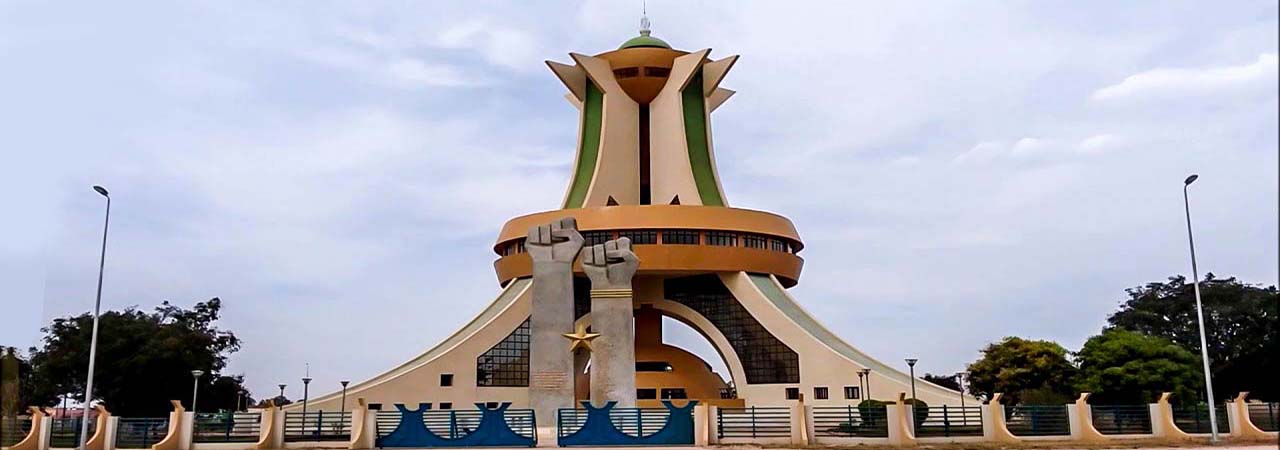

Located in the central region and commonly known as Ouaga, Ouagadougou is the capital and largest city of Burkina Faso. With a population of about 3 million inhabitants, Ouagadougou covers an area of 219.3 km², it is also the cultural, economic and administrative center of the country. Ouagadougou was founded in the 11th century by the Nyonyonsés and was originally called Kombemtinga which means “the land of princes”. Ouagadougou is historically the territory of the Mossi people and became the capital of the Mossi Empire in 1.441 under the reign of Naba Niandéfo. The history of the city is strongly marked by the Mossi culture. Ouagadougou enjoys a tropical climate, with a rainy season that begins in April, and a dry season that begins in October and is accompanied by a very dry wind, the Harmattan. It is from February to March that it is the hottest with temperatures around 40°C.
The Reserve of Nazinga
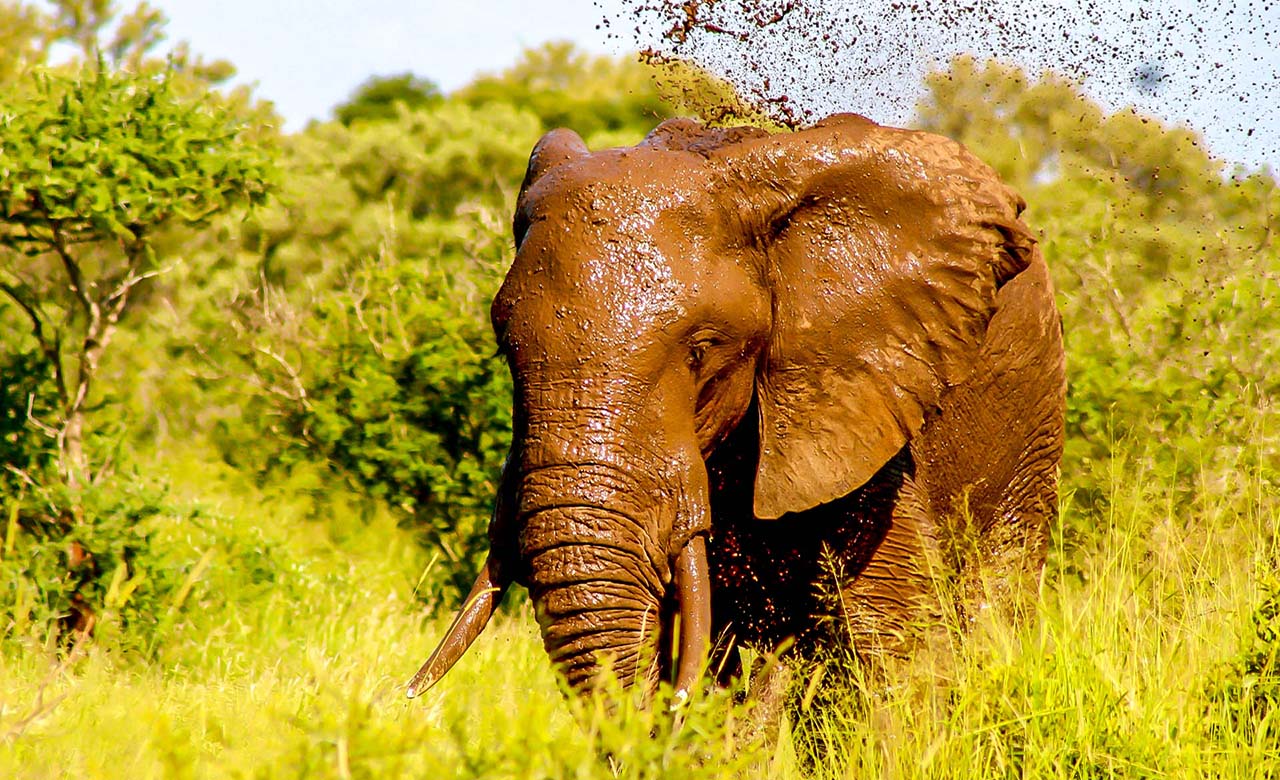
Located a few kilometers from the border of Ghana and one hour from Ouagadougou, the Nazinga Reserve was created in 1979 and covers an area of 91,300 hectares. Well preserved, the reserve is home to more than 20,000 animals, including 39 species of mammals including elephants, several species of antelope (roan antelope, waterbuck, oribi, reed and Buffon’s kob), hyenas, warthogs, crocodiles and many species of primates including red monkeys and baboons. About 275 species of birds such as hornbills, falcons and herons are also counted. The reserve can be visited all year round,
but due to the poor condition of the trails in the rainy season, we recommend a visit in the dry season.
The National Center for Arts and Crafts
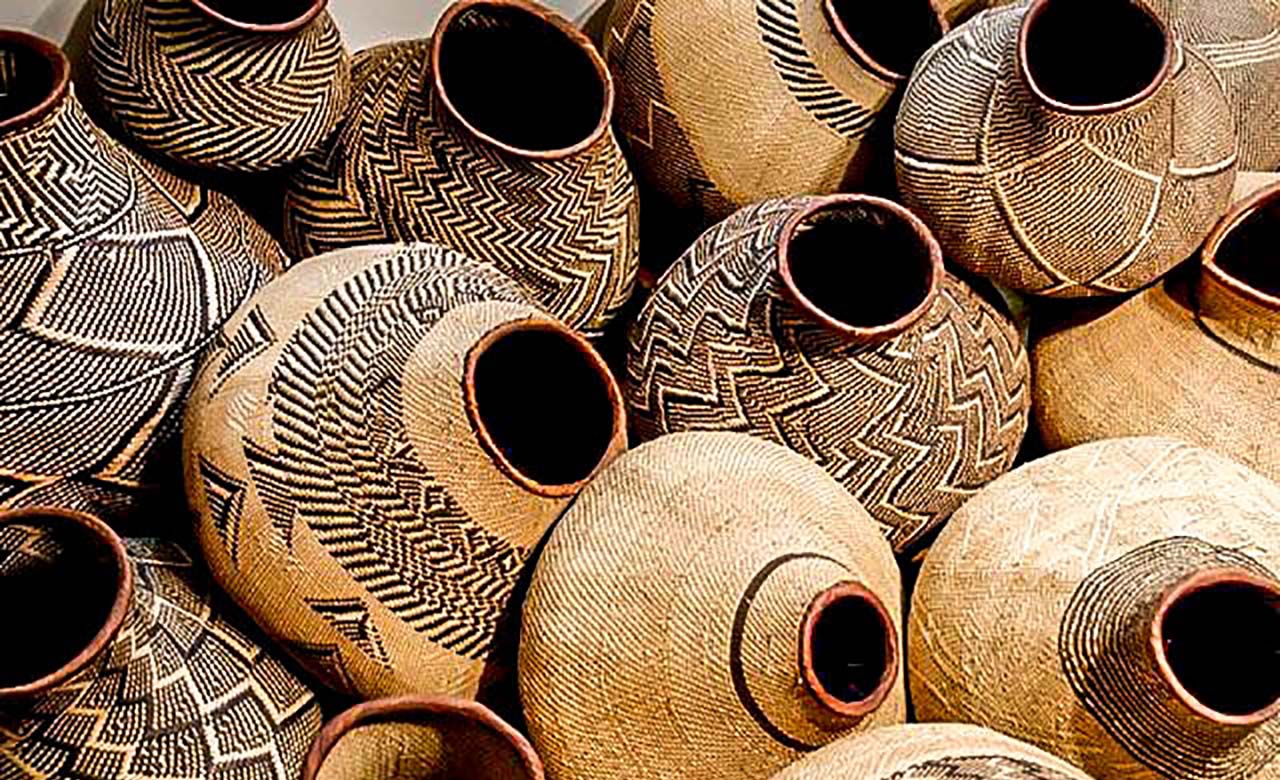
objects are exhibited there daily.
The sacred crocodile pond of Bazoulé
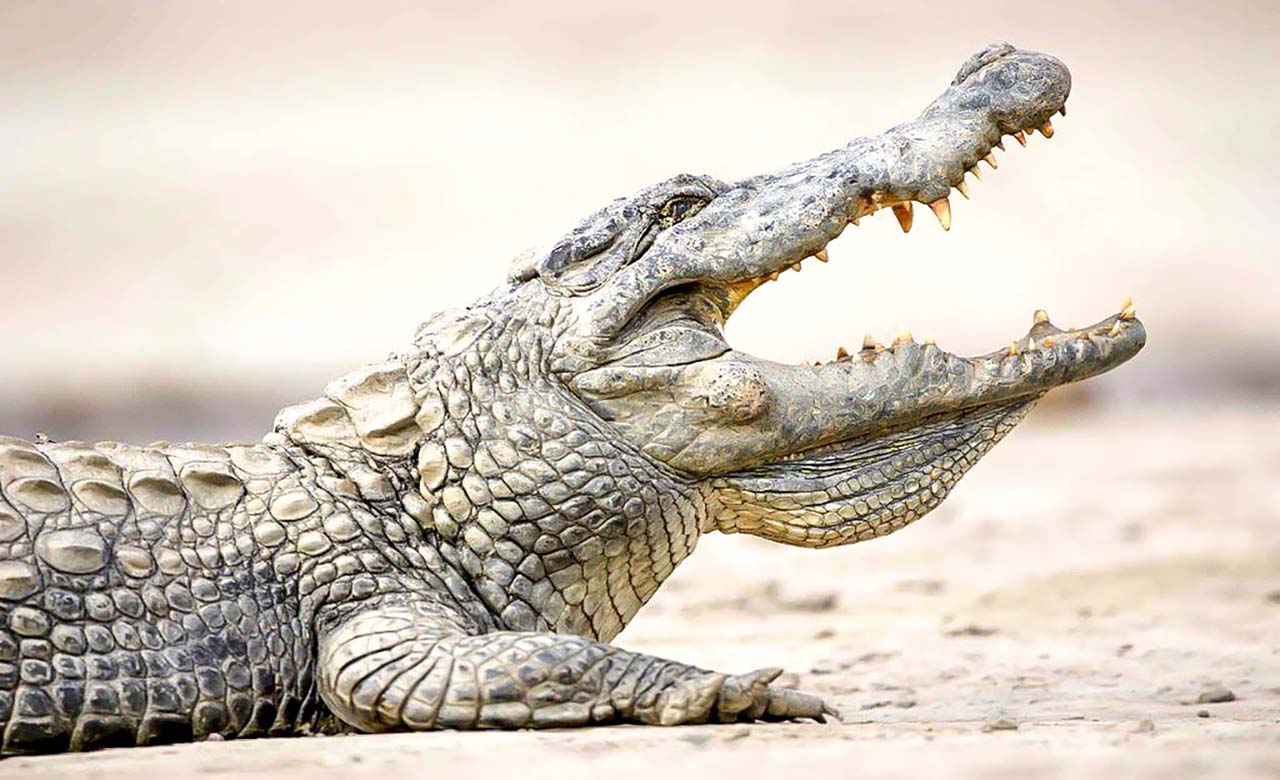
Located in the village of Bazoulé, about 30 kilometers west of Ouagadougou, the beautiful village of Bazoulé has a sacred crocodile pond that enjoys the protection of the village inhabitants. This friendship allows the tour guides to approach the crocodiles, feed them and sit on their backs. The pond is home to more than 200 crocodiles that are revered by the people and are buried as humans when they die. According to the inhabitants of the village, they have possessed superpowers since the dawn of time and are able to predict the future. The crocodiles are the object of a real cult and
every year a great celebration of joy and gratitude is organized for the crocodiles. The village also offers beautiful hiking trails and walks in a breathtakingly beautiful landscape.
The Music Museum
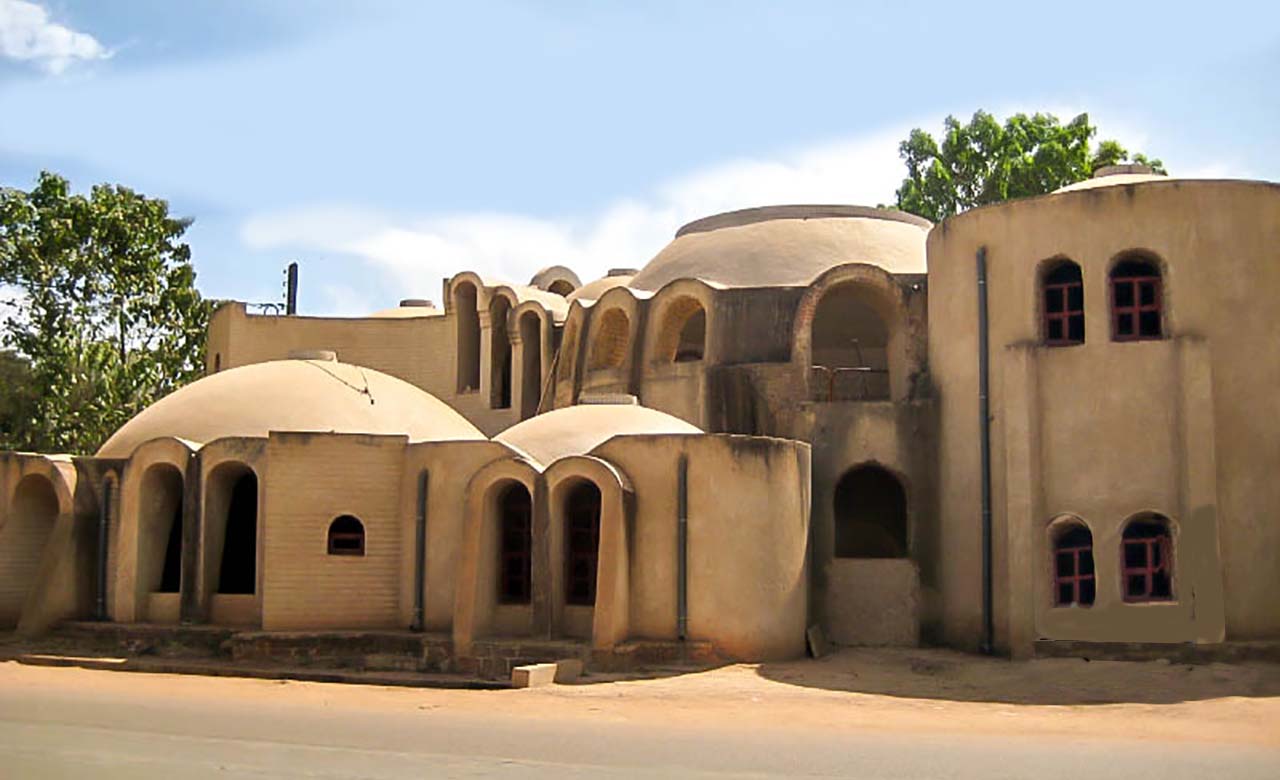
Located in Ouagadougou, the National Museum of Music opened its doors in 1999, it is completely dedicated to traditional music, musical instruments and numerous historical pieces belonging to several ethnic groups. There are membranophones, aerophones, idiophones, stringed instruments and many other instruments and historical pieces. The architectural building is of Sudanese Sahelian style with dome-shaped roofs. It is in the center of the city and is easily accessible to the general public.
The National Museum

Located in Ouagadougou, the National Museum was created in 1962 and inaugurated in December 2004. It covers an area of 29 hectares and houses collections of about 7,500 objects. There are archaeological remains, jewelry, masks, statues of the Lobi and Sénoufo peoples, musical instruments, weapons, agricultural tools and many other objects. The museum constantly organizes temporary or itinerant exhibitions in the surrounding villages and towns on several historical themes.
The Faso Park
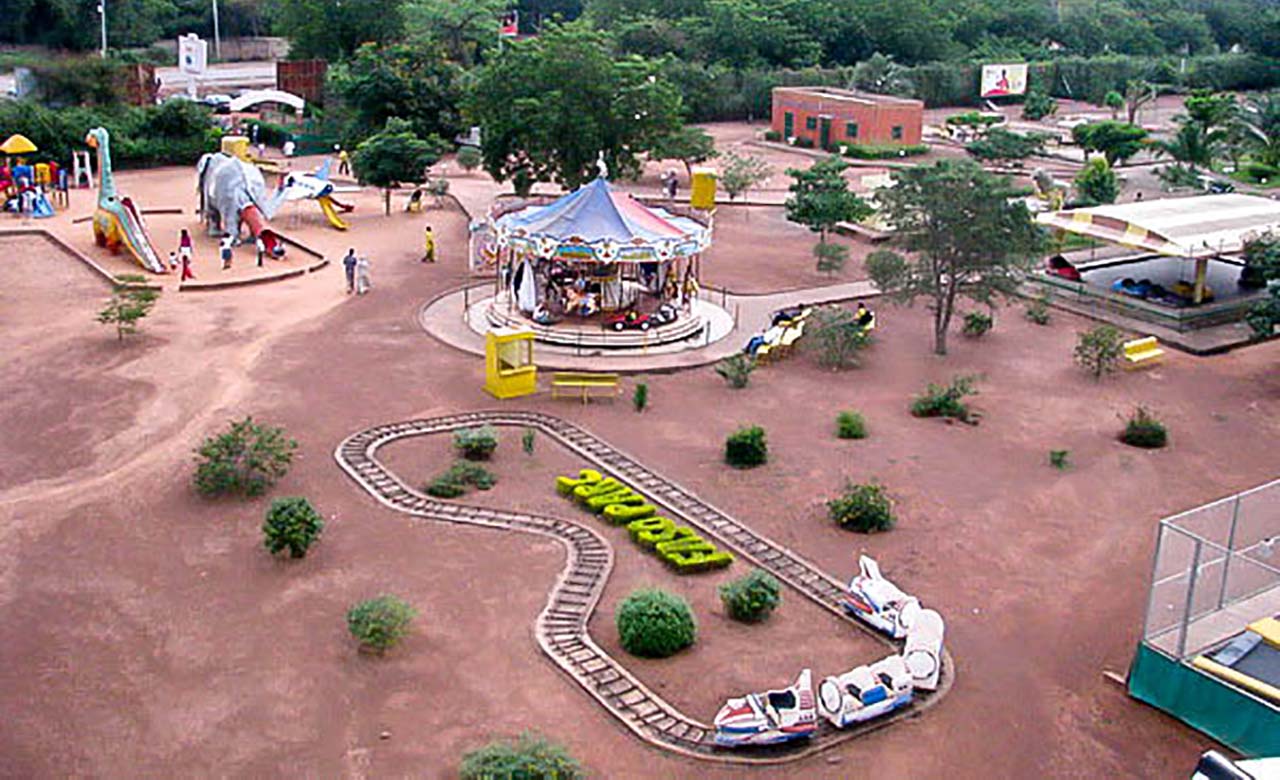
Located in Ouagadougou, in the heart of the capital of Burkina Faso, the Faso Park is a space for entertainment and recreation for children. It is part of the Bangr Weogo Park and is equipped with small rides, a small train, a trampoline and several attractions for children. It is a paradisiacal place for children to discover absolutely.
Bangr Weogo Park
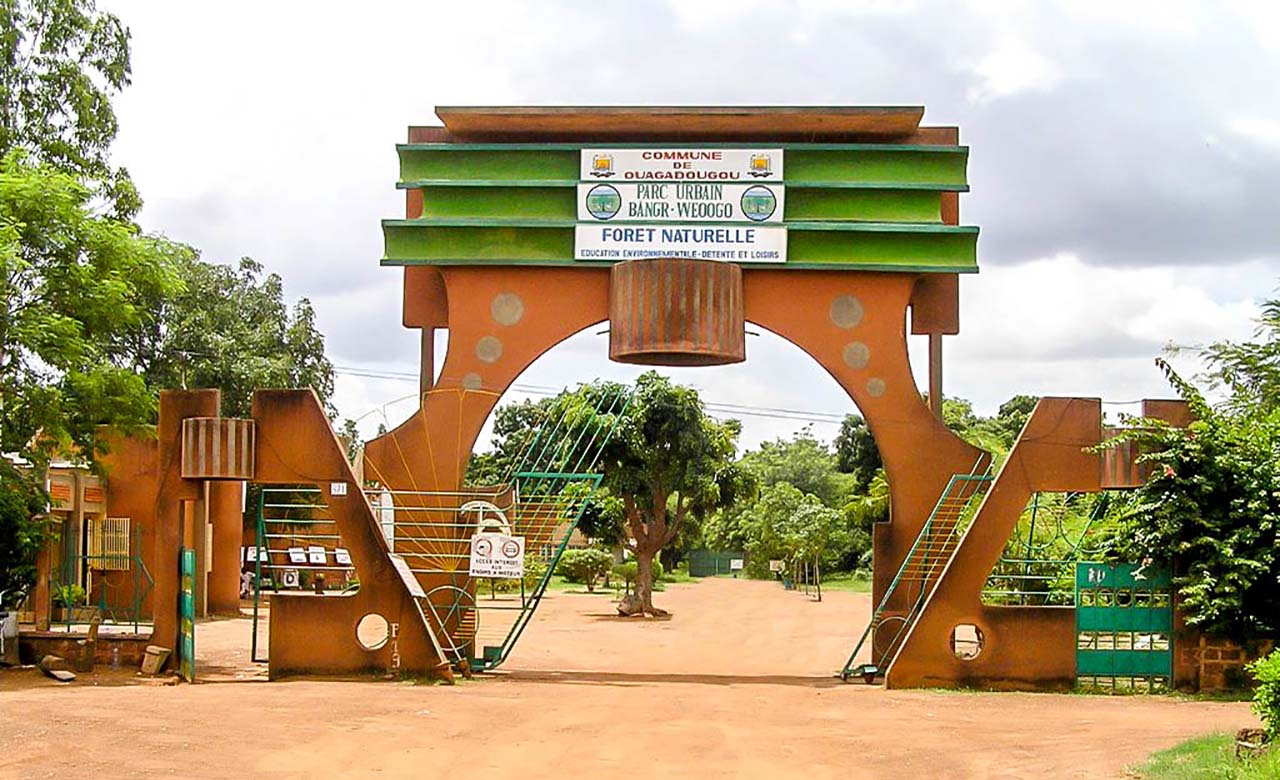
Located in the heart of the Burkinabe capital, the Bangr Weogo Urban Park covers an area of 240 hectares. The park also features a botanical garden and a zoological garden. The 72-hectare zoological park is home to several animal species, including monkeys, antelopes, crocodiles, turtles, lizards, peacocks, hares and birds of all kinds. The botanical garden is home to several plant species. The park also has a museum representing the avian fauna, mammals and aquatic fauna. The museum includes a library and an audiovisual room. It is a must for visitors and a privileged setting for
environmental education. It welcomes thousands of pupils, students, researchers and the general public every year. Outside Mondays, the park is open every day from 5.30 am to 6 pm.
The craft village

Located a few kilometres south of the city centre, the craft village of Ouagadougou is a creation, production and sales space, which represents and markets Burkinabé crafts on a permanent basis. It opened its doors in 2000 and is the result of cooperation between Burkina Faso and the Grand Duchy of Luxembourg. With more than 500 craftsmen divided into 25 trades and spread over nearly 50 workshops, all the Burkinabé artistic know-how is represented there. Leather work, the manufacture of musical instruments including the djembe, foundry, bronze, batik, bogolan, basketry, wood
sculpture, weaving, design, pottery, ceramics, jewellery, Tuareg boxes and many other crafts. It is a veritable melting pot of talent, is an ideal platform for all the country’s craftsmen and the products made can of course be purchased as souvenirs.
The house of the people
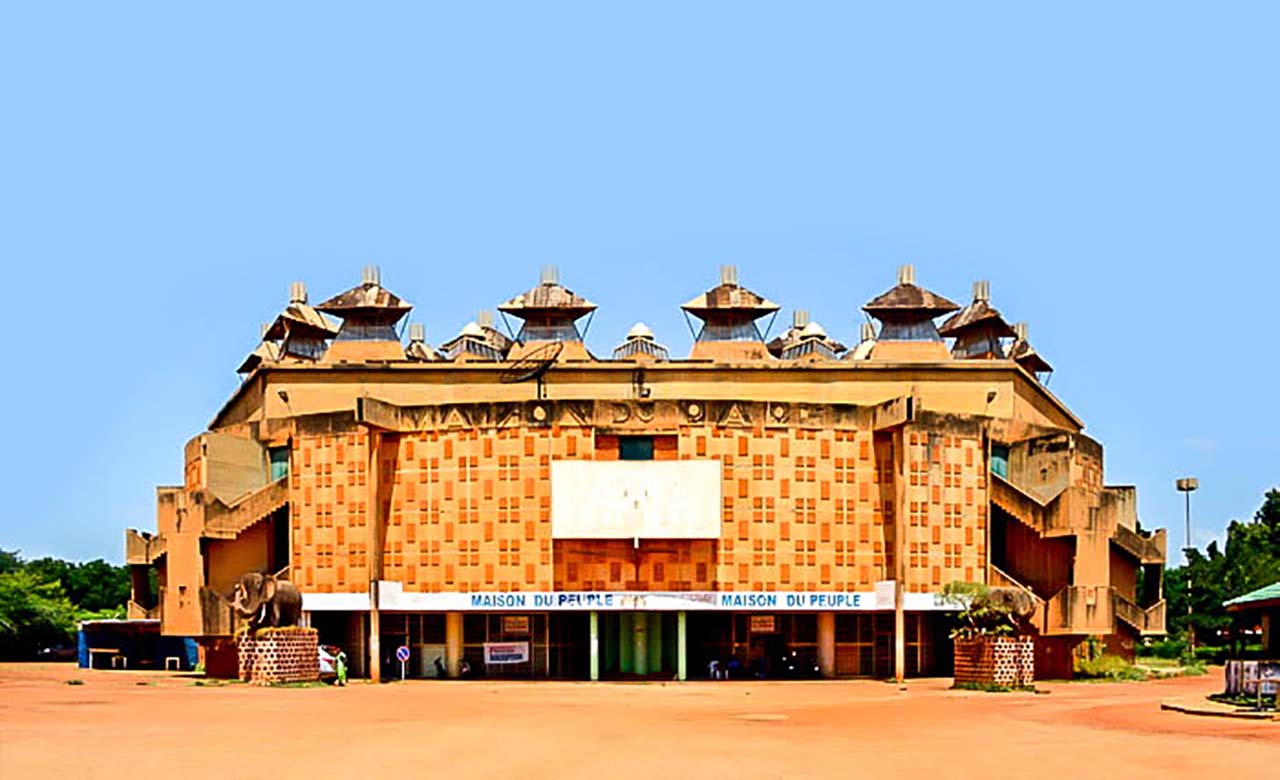
The Moro-Naba imperial palace
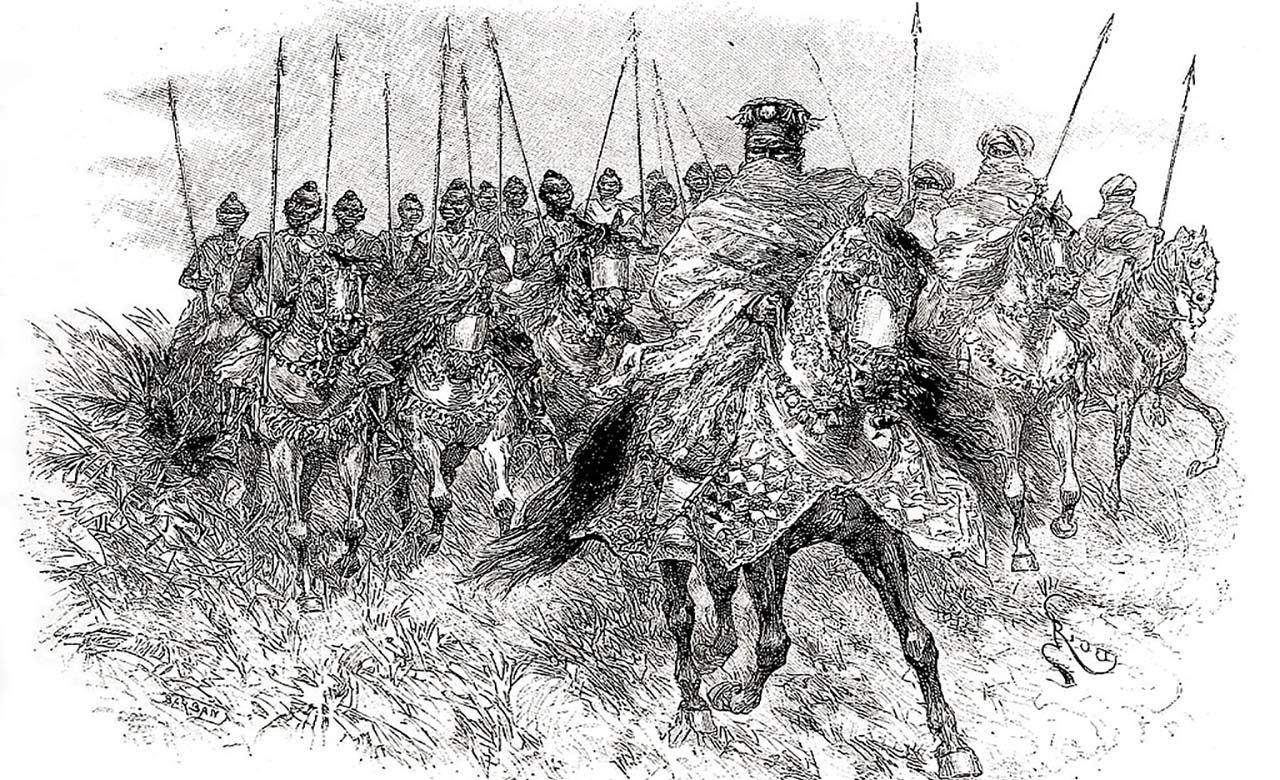
Founded towards the end of the 15th century, the “Moro-Naba” is the sovereign Emperor of the Mossi kingdom. Representative of the sun, Demigod, King of the Universe, King of Kings, he holds the keys to the sacred power and the secret sciences of the earth. He is a respected leader of the Mossi people who is chosen by the high dignitaries of the court from the descendants of the first Moro-Naba. His life in the Palace is regulated by a meticulous protocol, narrow rites of which he himself is the first practitioner. The Moro-Naba Palace in Ouagadougou is a historical symbol of Burkina Faso
that must absolutely be visited.
The Bendrology Museum of Manega
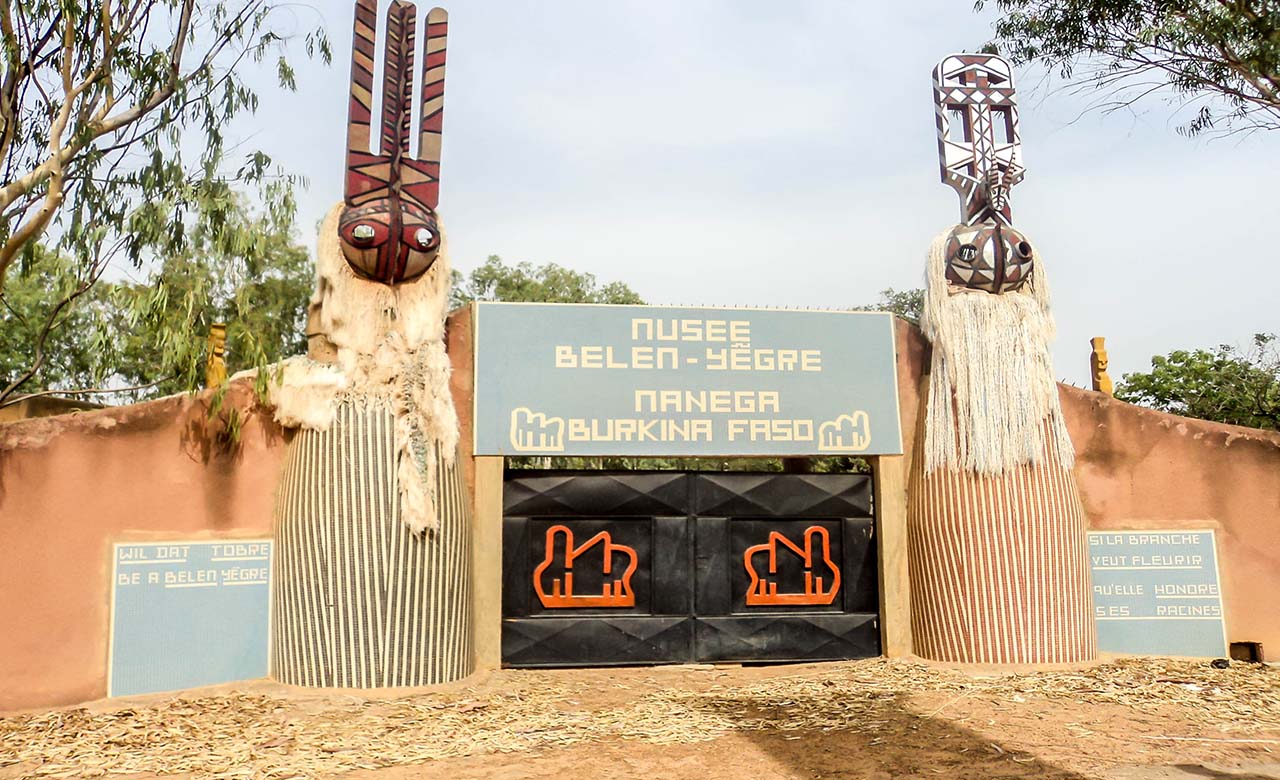
Located about 50 kilometres north of Ouagadougou, the Bendrology Museum was founded by the Burkinabe lawyer, researcher and writer Maître Titinga Frédéric Pacere. The museum has nearly 10,000 objects and archaeological finds more than 6,000 years old telling the story of the Mossi dynasty and several other peoples of Burkina Faso. There are nearly 500 sacred masks, about 200 stone rifles from the colonial period, several dozen YAKOUGA or tombstones whose rock age is between 2,600,000,000 and 1,600,000,000 years old, the Pavilion of Death, and many other objects.
This museum is a must during a visit to Burkina Faso.
The great Mosque of Ouagadougou

Located in the heart of the city, the Grand Mosque of Ouagadougou is the main place of worship for the Muslim community of Ouagadougou. Imposing architecture in the heart of the commercial area not far from the big market, it is characterized not only by its beauty and its vast space but also by the warm welcome of the servants who speak to you with pride of their mosque.
Cathedral of the Immaculate Conception of Ouagadougou

Located in Ouagadougou, capital of Burkina Faso, the Cathedral of the Immaculate Conception was built between 1934 and 1936 on the initiative of the Vicar Apostolic Mgr Thévenoud. Entirely built in mud brick, or banco, the cathedral is based on a vast three-vessel basilical plan. Its architecture is inspired by both traditional West African buildings and European Romanesque architecture. The nave and aisles are illuminated by a series of Romanesque inspired oculi and semicircular bays. The façade incorporates a triple portal framed by two massive unfinished towers and is dedicated to the
Immaculate Conception of the Blessed Virgin Mary.
The Martyrs' Monument

Located in Ouagadougou, more precisely on the Avenue Mouammar Kaddafi, this monument of nearly 8000 tons (3000 m³ of concrete, 300 tons of steel), the first stone of which was laid in 2002, is dedicated to the national heroes of Burkina Faso. It is made up of two calabashes, one turned down and the other upwards, containing the water of understanding and recovered peace. The two calabashes are carried and protected by four posts that stand more than 47 m high and represent the four stages of the people’s struggle for: Independence, Republic, Revolution and Democracy. The
monument was built in accordance with the expressive values of the national culture and is the symbol of the national unity of the Burkinabe people. The first calabash turned down expresses the burial of national heroes. The second calabash turned upwards symbolizes the brotherhood and symbiosis of the Burkinabe people, the carrying of water in the calabash symbolizes the understanding and peace regained. The museum of political history located halfway up connects the four posts. It is built in the shape of a ring that encircles the posts and thus marks the solidity of national unity.
The Armed Forces Museum
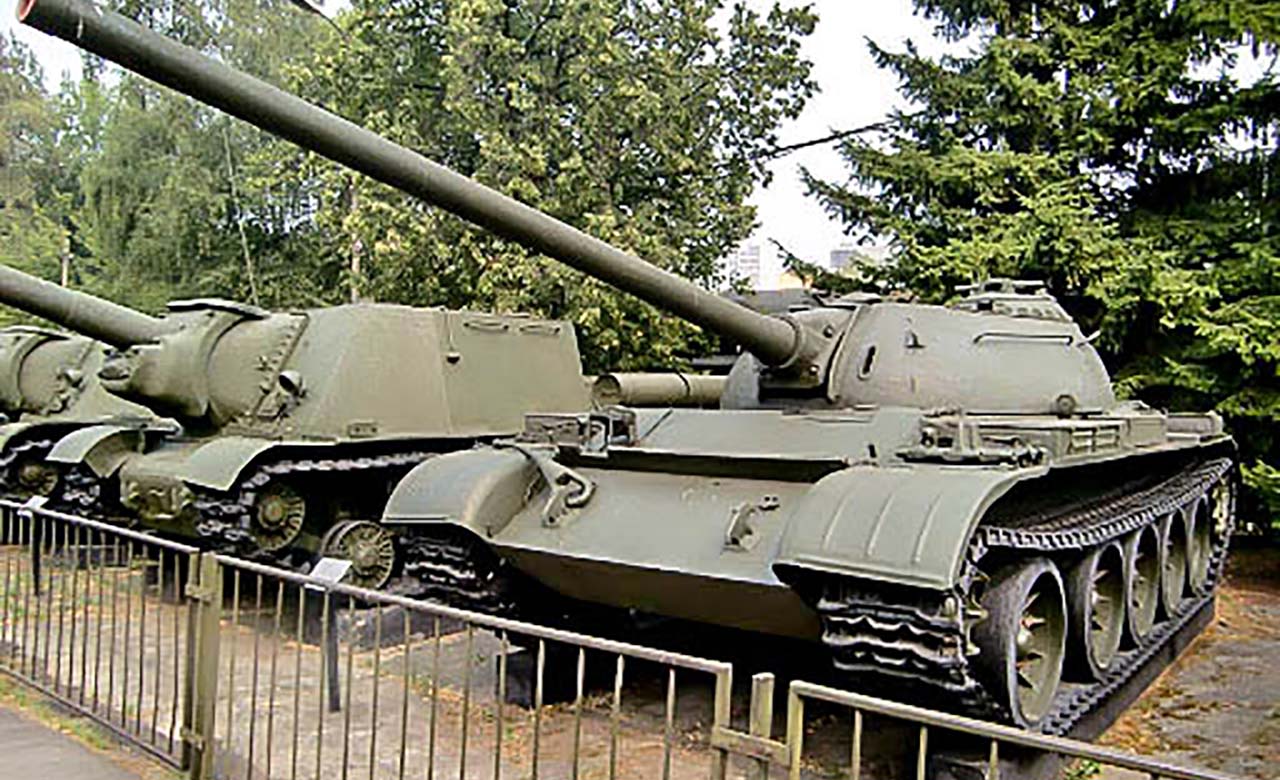
Created in 1999, the Armed Forces Museum is located in Ouagadougou and its mission is to research, acquire and conserve material witnesses that retrace the history of the armed forces of Burkina Faso. The museum receives both civilian and military visitors who are interested in discovering the remains of the army. This also allows the youth to take ownership of the history of the country’s armed forces heritage.
The National Center for Arts, Entertainment and Audiovisual (CENASA)

Located in Ouagadougou, the National Centre for Arts and Performing Arts was created with the essential mission of promoting national culture both within and outside the country. To this end, the centre has, among other things, a multi-purpose theatre with a capacity of nearly 725 seats. The centre specializes in sound and lighting control and in all matters related to the production of musical works, music videos, advertising spots and everything else related to the audiovisual sector. It is an ideal setting that allows the accompaniment, expression and promotion of many talented artists from
the country.
